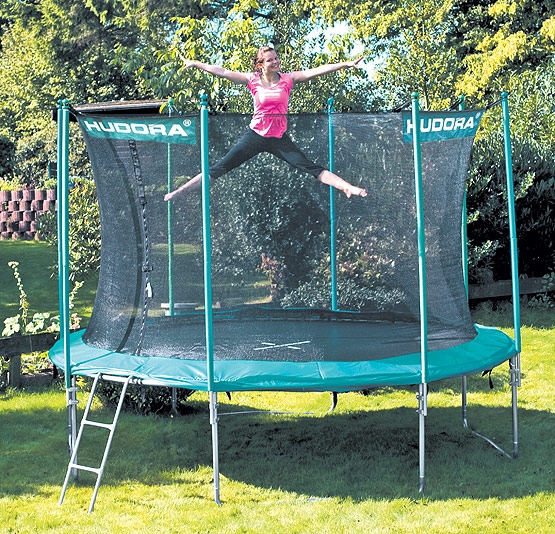
When establishing the weight capacity of trampolines, several factors come into play. These considerations are crucial in determining the highest weight limits that trampolines can withstand. Let’s delve into these factors in greater detail.
Springs or Bungee Cords
A trampoline’s springs or bungee cords are of utmost importance in terms of its bouncing capacity. Physics theories and experimental studies have demonstrated that more flexible springs or bungee cords lead to higher bounce potential. By increasing the number and stiffness of these springs or cords, the trampoline’s weight limit can be elevated. It’s important to remember that this could lead to a less enjoyable browsing experience.
Frame
The frame forms the foundational structure of the trampoline and is crucial for stability. A rust-proof and thicker steel frame tends to offer better stability. Additionally, adult trampolines are often designed with bulkier frames, enabling them to support heavier weight loads. Our trampoline frames exceed the recommended weight limit by over 5 times, provided the load is evenly distributed. Ensuring trampoline frames conform to industry standards and regulations is crucial.
Size
In most cases, larger trampolines have higher weight capacities compared to smaller ones designed for young children and toddlers. Thrifty trampolines, for instance, have a standard weight limit of approximately 300 lbs.
Mat
The trampoline mat is another significant factor to consider. It is typically constructed using UV-resistant woven polypropylene or water-resistant canvas for durability. The stitching along the edges and other areas of the mat must also be robust and long-lasting. Meeting industry standards entails ensuring the mat does not tear or rip when subjected to a load 5 times its weight limit.
Shape
The shape of a trampoline also influences its weight limits. Rectangular trampolines, for example, can typically accommodate more weight due to the proximity of springs to the central bounce area. This proximity reduces the need for excessive spring stiffness. Oval trampolines follow a similar principle, evenly distributing the weight and having springs closer together.
By considering these factors, trampoline manufacturers determine weight limits to ensure safety and optimal performance.

